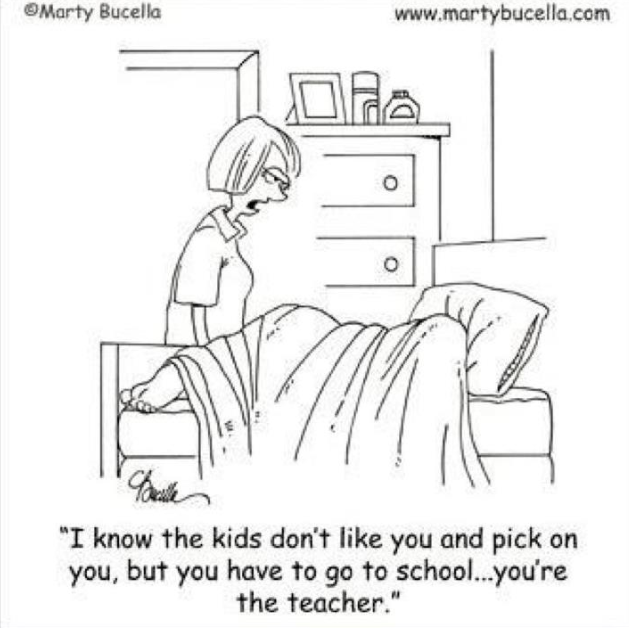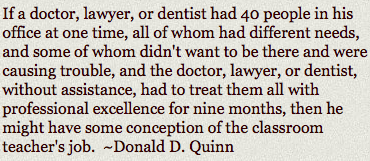Welcome to Special Education
Special Education requires a partnership of parents with educators to help children succeed, so educate yourself on the specifics of the system.The Individuals with Disabilities Act (IDEA-97) guarantees an appropriate education for all students with disabilities. This is where the special education system comes into place. Educators and parents must follow set guidelines to ensure that students in special education are receiving appropriate education.
The planning and providing of special education services to a child with disabilities or special needs uses the following guidelines:
Pre-referral may start when a teacher in a general education classroom identifies a student as having difficulties with the curriculum or pace of the class. The parent may also have concerns about the child’s education and may request further investigation.
The referral normally takes place when a teacher or parent seeks further assistance in helping the child get an appropriate education.
Once the parent signs the referral the school system will have 60 days to complete the assessment and have a scheduled IEP meeting.
After testing and all assessments are done we will look to see if your child is eligible for special education services. The requirements for eligibility are found on the national level.
- The individualized education plan (IEP)
Once eligibility is clarified, an IEP will be put in place. Every child who receives special educational services gets an IEP.
- The least restrictive environment (LRE)
The LRE is a rule set up to protect a child’s rights to be educated in a classroom with students that do not have disabilities to the maximum extent, so that those with disabilities experience inclusion in their education.

What Else Should I Know?
When parents and educators work together, the students benefit. Studies have shown that this partnership results in greater access to resources and services for the student, more opportunities for learning and development, and greater chances for reaching educational goals.
Related Articles to ‘Special Education System: An Introduction’
Homework Help: Bridging the Gap from School to Home
Learning Disabilities and Learning Environments




